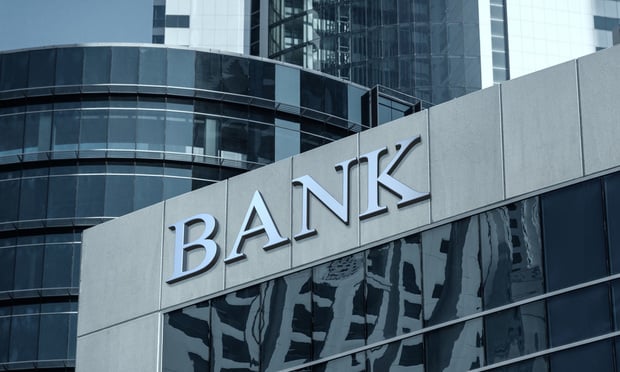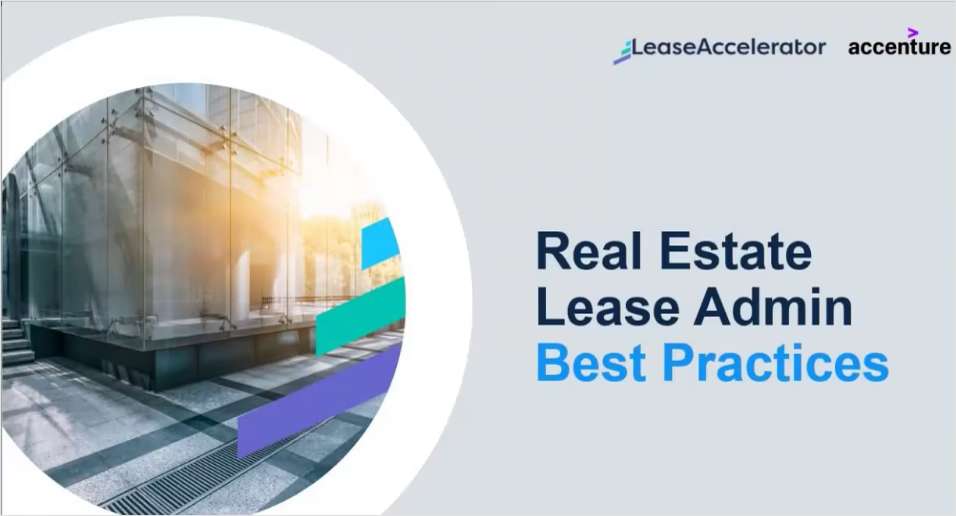WASHINGTON, DC—There is plenty of debate about when the current apartment cycle will end and why. One theory gaining currency is that rental rate increases are starting to slow, especially in markets where a lot of supply is coming online.
At the same time, though, as the industry discusses the various moving parts that could affect the timing of this cycle, there are signs that the groundwork has already been laid for the next cycle: namely, new regulations have made it more difficult to secure construction financing for projects.
AvalonBay Communities CEO Timothy J. Naughton referred to this in the REIT's recent earnings call (per a Seeking Alpha transcript):
Apartment deliveries are expected to peak nationally in 2016 and 2017 as permitting for new projects has slowed down over the last two quarters to three quarters from the cyclical highs in 2015. This is due in part to tightening credit from multifamily construction which has become much more pronounced over the last couple of quarters.
Naughton told listeners that the current cycle will continue its run though. “We still believe that fundamentals point mostly in favor of an extended cycle, much like we saw in the 1990s,” he said, citing consumer confidence which is at a cyclical high and being led by young adults, an improved employment picture that is finally pressuring wages and early twenty-somethings that are moving into their household formation and renting years.
HVCRE Is Finally Having an Impact
Lending, to be sure, always ebbs and flows depending on the economic and real estate cycle. But this time is different. Construction finance is getting more difficult to secure, not just for multifamily, but all asset classes due to a regulation required under Basel III that is finally starting to have an impact.
The regulation requires banks to place construction loans in the so-called High Volatility Commercial Real Estate (HVCRE) category, which means they must assign a 150% -- instead of a 100% -- risk weighting. That affects regulatory capital allocations. The requirement went into effect a few years ago but borrowers have only recently begun to feel the impact as it wasn't enforced among smaller lenders until this year.
For the past quarter the crunch has been more pronounced than ever, CBRE director of research and analysis Revathi Greenwood tells GlobeSt.com. “Spreads are widening and lenders' appetite for these loans is falling.”
Unlike the normal cyclical give-and-take of lender appetite for certain activities, Basel III is a permanent fixture in the lending market, Greenwood noted.
And so that is how the next cycle could conceivably begin: as fewer apartments are built, the dwindling supply will bring down vacancies enough to kick-start the next apartment cycle. Lenders will open their books again, intrigued by high rent rate pro formas.
Tricky Timing
The timing, as always, is hard to gauge. For starters, not everyone is as optimistic as Naughton is about the current cycle. He does indeed make a good case for an extended cycle but there are trends that suggest the cycle might end sooner. The second quarter of 2016 was the fifth consecutive one in which apartment construction exceeded net gains in occupancy, according to a Reis report cited by Bloomberg. “2016 is set to challenge records for construction figures, if not break them,” the report said.
A similar theme was echoed in this Reis blog post.
In recent reports, Reis has noted that landlords are giving special deals to renters in some markets, an indicator of oversupply, but leasing and rental trends are still healthy…….. George Ratiu, a commercial real estate analyst with the National Association of Realtors, said banks have tightened underwriting on multifamily construction loans, but the financing for sales of existing properties is still readily available from banks and nonbanks.
In another Reis blog post Reis Chief Economist Victor Calanog and Reis economist Barbara Byrne Denham noted that personal-income growth rates don't always translate into higher rental rate increases. Oftentimes it does -- but there can be exceptions at the micro level.
For the most part, though, Reis thinks this cycle still has more runway.
The D4 Product is Back
Another complicating factor to the theory that Basel III's restrictions will introduce a new multifamily cycle is that alternative financing sources are being tapped, although it is unlikely they are completely filling the gap.
At the KBW Mortgage Finance Conference held in June, Walker & Dunlop CFO Steve Theobald said that a US Housing and Urban Development program is becoming more popular as banks pull back (per a Fair Disclosure transcript):
Banks pulling back on construction lending predominantly due to a regulatory oversight, not because they don't want to do more construction lending has opened the opportunity for HUD. The D4 product [is becoming] a very, very sellable product where it has not been a sellable product for the last several years. We can get a construction loan from a bank much, much quicker and at very, very comparable costs. So the D4 product is back.
Steady gains in the US economy have resulted in net positives for the multifamily sector—will this wave continue for the foreseeable future? What's driving development and capital flows? Join us at RealShare Apartments on October 19 & 20 for impactful information from the leaders in the National multifamily space. Learn more.
WASHINGTON, DC—There is plenty of debate about when the current apartment cycle will end and why. One theory gaining currency is that rental rate increases are starting to slow, especially in markets where a lot of supply is coming online.
At the same time, though, as the industry discusses the various moving parts that could affect the timing of this cycle, there are signs that the groundwork has already been laid for the next cycle: namely, new regulations have made it more difficult to secure construction financing for projects.
AvalonBay Communities CEO Timothy J. Naughton referred to this in the REIT's recent earnings call (per a Seeking Alpha transcript):
Apartment deliveries are expected to peak nationally in 2016 and 2017 as permitting for new projects has slowed down over the last two quarters to three quarters from the cyclical highs in 2015. This is due in part to tightening credit from multifamily construction which has become much more pronounced over the last couple of quarters.
Naughton told listeners that the current cycle will continue its run though. “We still believe that fundamentals point mostly in favor of an extended cycle, much like we saw in the 1990s,” he said, citing consumer confidence which is at a cyclical high and being led by young adults, an improved employment picture that is finally pressuring wages and early twenty-somethings that are moving into their household formation and renting years.
HVCRE Is Finally Having an Impact
Lending, to be sure, always ebbs and flows depending on the economic and real estate cycle. But this time is different. Construction finance is getting more difficult to secure, not just for multifamily, but all asset classes due to a regulation required under Basel III that is finally starting to have an impact.
The regulation requires banks to place construction loans in the so-called High Volatility Commercial Real Estate (HVCRE) category, which means they must assign a 150% -- instead of a 100% -- risk weighting. That affects regulatory capital allocations. The requirement went into effect a few years ago but borrowers have only recently begun to feel the impact as it wasn't enforced among smaller lenders until this year.
For the past quarter the crunch has been more pronounced than ever, CBRE director of research and analysis Revathi Greenwood tells GlobeSt.com. “Spreads are widening and lenders' appetite for these loans is falling.”
Unlike the normal cyclical give-and-take of lender appetite for certain activities, Basel III is a permanent fixture in the lending market, Greenwood noted.
And so that is how the next cycle could conceivably begin: as fewer apartments are built, the dwindling supply will bring down vacancies enough to kick-start the next apartment cycle. Lenders will open their books again, intrigued by high rent rate pro formas.
Tricky Timing
The timing, as always, is hard to gauge. For starters, not everyone is as optimistic as Naughton is about the current cycle. He does indeed make a good case for an extended cycle but there are trends that suggest the cycle might end sooner. The second quarter of 2016 was the fifth consecutive one in which apartment construction exceeded net gains in occupancy, according to a Reis report cited by Bloomberg. “2016 is set to challenge records for construction figures, if not break them,” the report said.
A similar theme was echoed in this Reis blog post.
In recent reports, Reis has noted that landlords are giving special deals to renters in some markets, an indicator of oversupply, but leasing and rental trends are still healthy…….. George Ratiu, a commercial real estate analyst with the National Association of Realtors, said banks have tightened underwriting on multifamily construction loans, but the financing for sales of existing properties is still readily available from banks and nonbanks.
In another Reis blog post Reis Chief Economist Victor Calanog and Reis economist Barbara Byrne Denham noted that personal-income growth rates don't always translate into higher rental rate increases. Oftentimes it does -- but there can be exceptions at the micro level.
For the most part, though, Reis thinks this cycle still has more runway.
The D4 Product is Back
Another complicating factor to the theory that Basel III's restrictions will introduce a new multifamily cycle is that alternative financing sources are being tapped, although it is unlikely they are completely filling the gap.
At the KBW Mortgage Finance Conference held in June, Walker & Dunlop CFO Steve Theobald said that a US Housing and Urban Development program is becoming more popular as banks pull back (per a Fair Disclosure transcript):
Banks pulling back on construction lending predominantly due to a regulatory oversight, not because they don't want to do more construction lending has opened the opportunity for HUD. The D4 product [is becoming] a very, very sellable product where it has not been a sellable product for the last several years. We can get a construction loan from a bank much, much quicker and at very, very comparable costs. So the D4 product is back.
Steady gains in the US economy have resulted in net positives for the multifamily sector—will this wave continue for the foreseeable future? What's driving development and capital flows? Join us at RealShare Apartments on October 19 & 20 for impactful information from the leaders in the National multifamily space. Learn more.
Want to continue reading?
Become a Free ALM Digital Reader.
Once you are an ALM Digital Member, you’ll receive:
- Breaking commercial real estate news and analysis, on-site and via our newsletters and custom alerts
- Educational webcasts, white papers, and ebooks from industry thought leaders
- Critical coverage of the property casualty insurance and financial advisory markets on our other ALM sites, PropertyCasualty360 and ThinkAdvisor
Already have an account? Sign In Now
*May exclude premium content© 2024 ALM Global, LLC, All Rights Reserved. Request academic re-use from www.copyright.com. All other uses, submit a request to [email protected]. For more information visit Asset & Logo Licensing.









